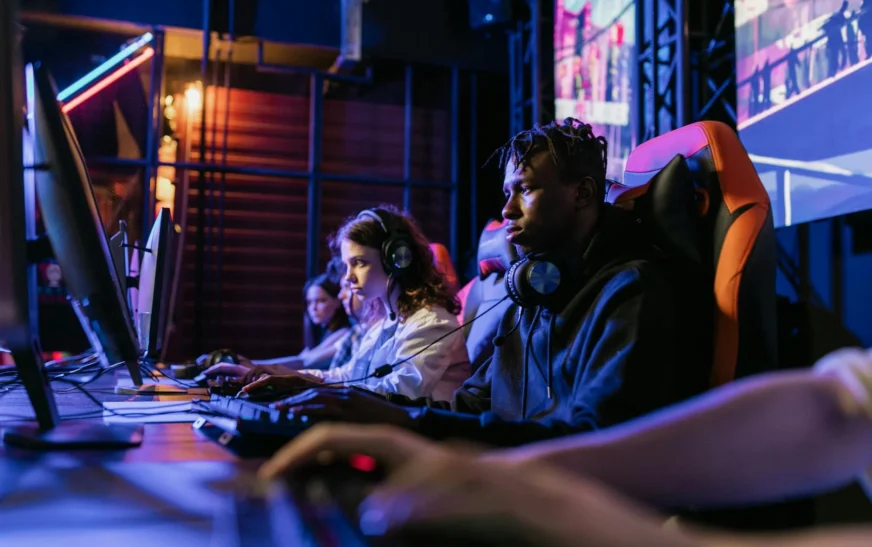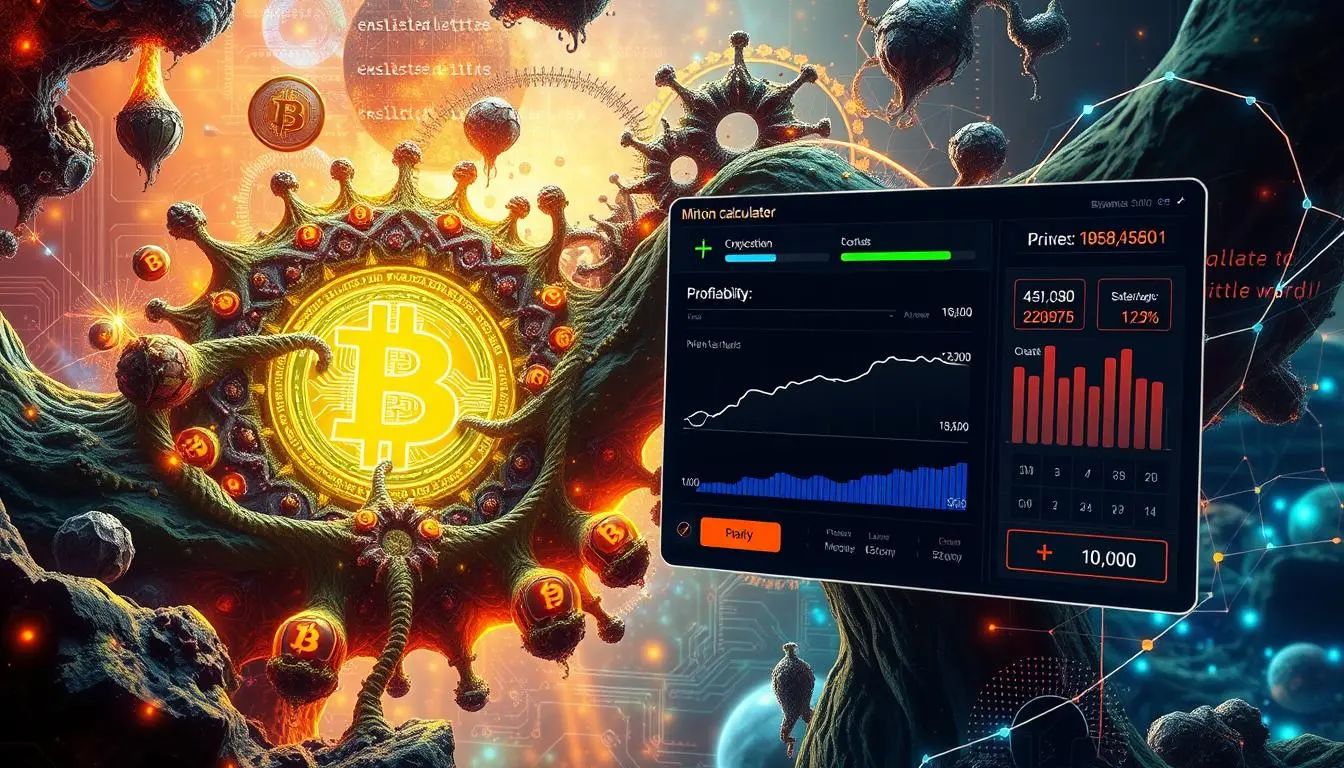Are you tired of spending countless hours searching for the perfect teammates or struggling to secure a spot on a competitive team? In the dynamic world of esports, understanding LFT vs Recruiting Gaming can make all the difference in building your ideal squad. Whether you’re a player “Looking For Team” (LFT) to showcase your skills or a team manager actively recruiting fresh talent, navigating these options can feel overwhelming. By choosing the right approach, however, you can streamline your search, connect with like-minded players, and build a cohesive team ready to compete.
But what if there was a better way? Enter the realm of Recruiting Gaming and Looking For Players (LFP) – two powerful strategies that are revolutionizing team formation in the gaming industry. These approaches offer exciting alternatives to the traditional LFT method, promising more efficient and effective team-building experiences for both players and organizations.
In this blog post, we’ll dive deep into the world of LFT, Recruiting Gaming, and LFP, exploring their unique benefits and helping you understand which option might be the best fit for your team or gaming career. Get ready to unlock the secrets of successful team building and take your gaming experience to the next level!
Defining LFT, Recruiting Gaming, and LFP
Understanding LFT (Looking for Team)
LFT, or “Looking for Team,” is a common term used by individual gamers seeking to join an established team or organization. Players who use LFT are typically skilled individuals looking to showcase their talents and find a compatible group to compete with.
Exploring Recruiting Gaming
Recruiting Gaming refers to the proactive approach taken by teams or organizations to scout and acquire new talent. This process involves identifying skilled players, evaluating their performance, and inviting them to join the team.
Decoding LFP (Looking for Players)
LFP stands for “Looking for Players” and is used by teams or organizations actively seeking to fill specific roles or positions within their roster. This approach allows teams to target players with particular skills or attributes that complement their existing lineup.
Key differences between the three options
To better understand the distinctions between LFT, Recruiting Gaming, and LFP, let’s compare their key characteristics:
| Aspect | LFT | Recruiting Gaming | LFP |
|---|---|---|---|
| Initiator | Individual player | Team or organization | Team or organization |
| Focus | Finding a team | Finding talented players | Filling specific roles |
| Approach | Passive (waiting for offers) | Active (scouting and reaching out) | Semi-active (posting requirements) |
| Flexibility | High (open to various teams) | Moderate (selective recruitment) | Low (specific role requirements) |
-
LFT is ideal for players looking to join established teams
-
Recruiting Gaming allows teams to proactively build their roster
-
LFP helps teams fill specific gaps in their lineup
Now that we’ve defined these key terms, let’s explore the benefits of LFT for players in the next section.
Benefits of LFT for Players
LFT (Looking for Team) offers numerous advantages for players seeking to join competitive gaming teams. Let’s explore the key benefits:
A. Increased visibility to potential teams
LFT status significantly boosts a player’s visibility in the gaming community. By declaring themselves as available, players:
-
Attract attention from multiple teams
-
Gain exposure across various gaming platforms
-
Increase chances of being discovered by talent scouts
B. Opportunity to showcase individual skills
LFT allows players to highlight their unique abilities and achievements:
-
Create detailed player profiles
-
Share gameplay statistics and highlights
-
Demonstrate versatility across different game modes
C. Flexibility in choosing team dynamics
Players have more control over their team selection process:
| Aspect | LFT Advantage |
|---|---|
| Team Size | Choose between small or large rosters |
| Play Style | Find teams that match personal preferences |
| Commitment Level | Select teams based on time availability |
LFT empowers players to make informed decisions about their gaming careers. By leveraging these benefits, players can find teams that align with their goals and playstyles, ultimately leading to more satisfying and successful competitive experiences.

Advantages of LFT Vs Recruiting Gaming for Teams
Now that we’ve explored the benefits of LFT for players, let’s dive into the advantages of recruiting gaming for teams. This approach offers several key benefits that can significantly impact a team’s success and long-term stability.
Access to a wider pool of talent
Recruiting gaming opens up a vast ocean of potential talent for teams. Unlike relying solely on players who are actively looking for teams (LFT), recruiting allows teams to:
-
Discover hidden gems
-
Approach skilled players who may not be actively seeking new opportunities
-
Access a diverse range of playstyles and expertise
Ability to build a team from scratch
One of the most significant advantages of recruiting gaming is the opportunity to create a cohesive team from the ground up. This approach enables teams to:
-
Handpick players with complementary skills
-
Foster a specific team culture and playstyle
-
Develop synergy from day one
Control over team composition and roles
Recruiting gaming gives teams unparalleled control over their roster composition. This level of control allows for:
| Aspect | Benefit |
|---|---|
| Role balance | Ensuring each position is filled optimally |
| Skill distribution | Creating a well-rounded team without weak links |
| Playstyle alignment | Selecting players who fit the team’s strategic vision |
Potential for long-term team stability
By carefully selecting players through recruiting, teams can build a foundation for lasting success. This approach contributes to stability by:
-
Aligning player goals with team objectives
-
Fostering a sense of loyalty and commitment
-
Reducing the likelihood of frequent roster changes
With these advantages in mind, it’s clear why many successful esports organizations prioritize recruiting gaming. However, it’s essential to consider the specific needs and resources of your team when deciding between recruiting and other options like LFP.
LFP: A Strategic Approach for Teams
Looking For Players (LFP) offers teams a targeted method to enhance their rosters. This approach allows organizations to strategically address specific needs and improve overall team performance.
A. Filling specific roles or positions
LFP enables teams to pinpoint exact requirements for vacant positions. By clearly defining the role and necessary skills, teams can attract players who fit seamlessly into their existing structure.
B. Addressing skill gaps in existing teams
LFP helps identify and rectify weaknesses within a team. Consider the following table showcasing common skill gaps and potential solutions:
| Skill Gap | LFP Solution |
|---|---|
| Lack of shotcalling | Seek experienced in-game leader |
| Weak defensive play | Target defensive specialists |
| Poor team communication | Look for players with strong comms skills |
C. Integrating new talent with established players
When using LFP, teams can focus on finding players who complement their current roster. This approach ensures:
-
Smoother team dynamics
-
Faster adaptation to team strategies
-
Improved overall synergy
D. Quick solutions for unexpected roster changes
LFP provides a rapid response to sudden team changes. Benefits include:
-
Immediate access to available talent
-
Ability to maintain competitive edge during transitions
-
Flexibility in addressing short-term and long-term needs
By leveraging LFP, teams can maintain their competitive edge while strategically building for the future. This method allows for precise roster management and adaptability in the ever-changing esports landscape.
Choosing the Right Option for Your Team
Now that we’ve explored the various approaches to team building, let’s focus on how to select the best option for your specific situation. The key to success lies in carefully assessing your team’s needs and aligning your strategy with your long-term goals.
Assessing your team’s current needs
Before deciding on an approach, it’s crucial to evaluate your team’s current situation:
-
Skill gaps
-
Team chemistry
-
Performance level
-
Roster size
Use this checklist to identify areas that require immediate attention and prioritize your recruitment efforts accordingly.
Evaluating the pros and cons of each approach
To make an informed decision, consider the advantages and disadvantages of LFT, Recruiting Gaming, and LFP:
| Approach | Pros | Cons |
|---|---|---|
| LFT | Wide talent pool, motivated players | Time-consuming, uncertain fit |
| Recruiting Gaming | Targeted search, quality candidates | Higher costs, potential competition |
| LFP | Quick results, team control | Limited options, possible mismatches |
Considering time constraints and urgency
The urgency of your recruitment needs plays a significant role in choosing the right approach:
-
Immediate need: LFP or targeted Recruiting Gaming
-
Medium-term planning: Balanced approach of LFT and Recruiting Gaming
-
Long-term strategy: Comprehensive LFT and scouting efforts
Aligning with long-term team goals and vision
Finally, ensure that your chosen approach aligns with your team’s overall objectives:
-
Performance targets
-
Brand identity
-
Player development strategy
-
Budget constraints
By carefully considering these factors, you can select the most appropriate team-building method that not only addresses your current needs but also supports your long-term success.
Best Practices for Successful Team Building
Clear Communication of Expectations
When building a successful gaming team, clear communication is paramount. Teams should establish and articulate expectations regarding:
-
Practice schedules
-
Tournament participation
-
Individual and team goals
-
Conduct and behavior standards
Thorough Vetting and Tryout Processes
Implementing a robust vetting process ensures that potential team members are a good fit. Consider the following steps:
-
Initial application review
-
Skills assessment
-
Team play evaluation
-
Personality and communication assessment
Fostering Team Chemistry and Cohesion
Building strong team chemistry is crucial for long-term success. Strategies to enhance cohesion include:
-
Regular team-building activities
-
Encouraging open communication
-
Resolving conflicts promptly
-
Celebrating team achievements
Balancing Individual Skills with Team Synergy
A successful team requires a mix of individual talent and collective harmony. Consider the following when assembling your roster:
| Individual Skills | Team Synergy |
|---|---|
| Mechanical prowess | Complementary playstyles |
| Game knowledge | Shared strategic vision |
| Adaptability | Role flexibility |
| Leadership qualities | Effective communication |
Regular Performance Evaluations and Feedback
Continuous improvement is key to maintaining a competitive edge. Implement a structured feedback system that includes:
-
Individual performance reviews
-
Team strategy assessments
-
Goal-setting sessions
-
Constructive criticism and praise
By adhering to these best practices, teams can create a solid foundation for success in the competitive gaming landscape. Remember that team building is an ongoing process that requires dedication, patience, and a willingness to adapt to the ever-changing gaming environment.
Conclusion
Ultimately, the choice between these methods depends on your team’s specific requirements, time constraints, and long-term goals. Whichever approach you choose, remember that successful team building requires clear communication, thorough vetting processes, and a focus on team chemistry. By understanding and effectively utilizing LFT, Recruiting Gaming, and LFP options, you can build a strong, cohesive team ready to compete at the highest levels of esports.
Global News Empire provides insightful content on esports team-building strategies, guiding players and organizations in creating competitive squads. In the gaming category, we delve into the nuances of LFT (Looking for Team), Recruiting Gaming, and LFP (Looking for Players), each offering unique approaches for players and teams to connect effectively.
LFT is ideal for individual players to showcase their skills and availability to potential teams, making it easier to find fitting opportunities. Recruiting Gaming allows teams to take a proactive approach, actively searching for talent that aligns with their goals and play style. Meanwhile, LFP is a more targeted method for teams to fill specific roles quickly and efficiently.
At Global News Empire, we emphasize that successful team-building in esports goes beyond just filling slots; it requires clear communication, thorough evaluations, and a commitment to team chemistry. By exploring these strategies, we aim to equip you with the insights needed to build cohesive teams capable of excelling at the highest levels of competitive gaming.










